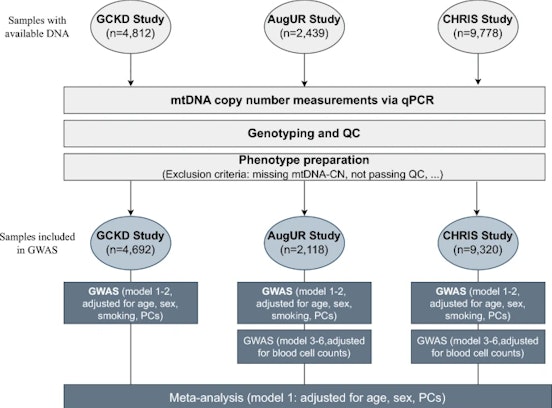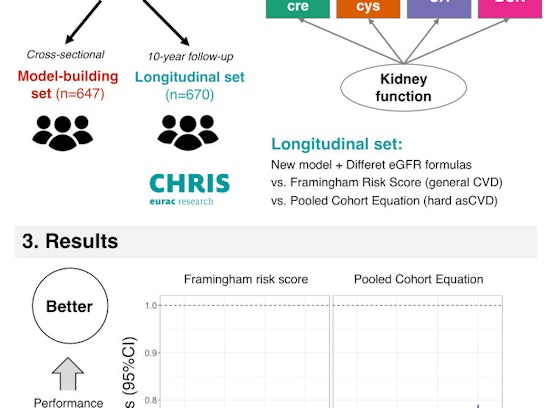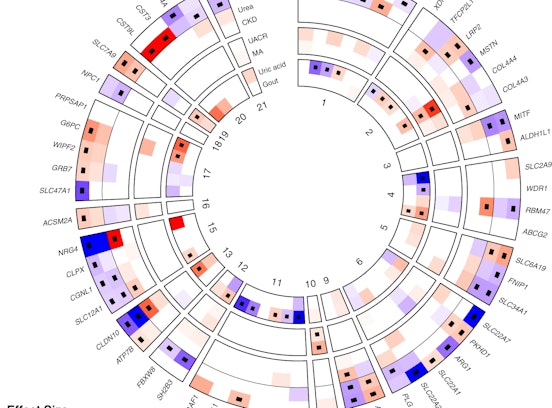Institute for Biomedicine - News & Events - Smoking and salivary microbiota: the effects of cigarette use
Smoking and salivary microbiota: the effects of cigarette use
We published on Scientific Reports a study showing that cigarette smoking has a consistent and generalizable association on the composition of the oral microbiota.
- English
The oral microbiota plays an important role in the exogenous nitrate reduction pathway and is associated with heart and periodontal disease and cigarette smoking. We describe smoking-related changes in oral microbiota composition and resulting potential metabolic pathway changes that may explain smoking-related changes in disease risk.
We analyzed health information and salivary microbiota composition among 1601 CHRIS participants collected 2017–2018. Salivary microbiota taxa were assigned from amplicon sequences of the 16S-V4 rRNA and used to describe microbiota composition and predict metabolic pathways.
Aerobic taxa relative abundance decreased with daily smoking intensity and increased with years since cessation, as did inferred nitrate reduction. Former smokers tended to be more similar to Never smokers than to Current smokers, especially those who had quit for longer than 5 years. Cigarette smoking has a consistent, generalizable association on oral microbiota composition and predicted metabolic pathways, some of which associate in a dose-dependent fashion. Smokers who quit for longer than 5 years tend to have salivary microbiota profiles comparable to never smokers
Read the full article here: https://www.nature.com/articles/s41598-023-42474-7




